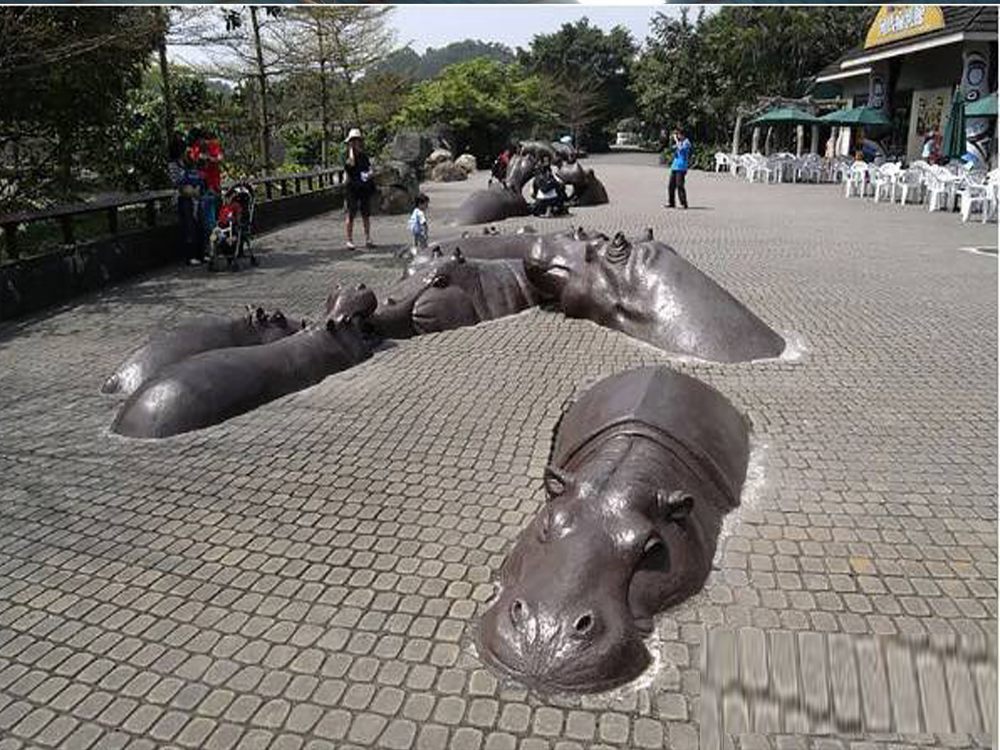
Stone sculpture is a timeless art form, and the choice between dry and wet carving techniques significantly impacts the final result. Dry carving involves working on completely dry stone, typically using traditional tools like chisels, hammers, and rasps. This method offers precise control and is ideal for detailed work, but generates substantial dust, requiring proper ventilation and protective gear.
Wet carving, on the other hand, involves keeping the stone moist during the carving process. Water reduces dust and cools the tools, making it suitable for softer stones like soapstone or alabaster. This technique allows for smoother cuts but may limit precision due to the slippery surface.
Key differences include:
1. Dust Control: Wet carving minimizes dust, while dry carving requires extensive safety measures.
2. Tool Longevity: Wet conditions reduce tool wear, whereas dry carving can blunt tools faster.
3. Surface Finish: Wet carving often yields a smoother texture, while dry carving provides sharper edges.
4. Stone Compatibility: Hard stones like granite are better suited for dry carving, while softer stones benefit from wet techniques.
Ultimately, the choice depends on the sculptor’s goals, the stone type, and the desired aesthetic. Both methods have unique advantages, and mastering both can expand an artist’s creative possibilities.

